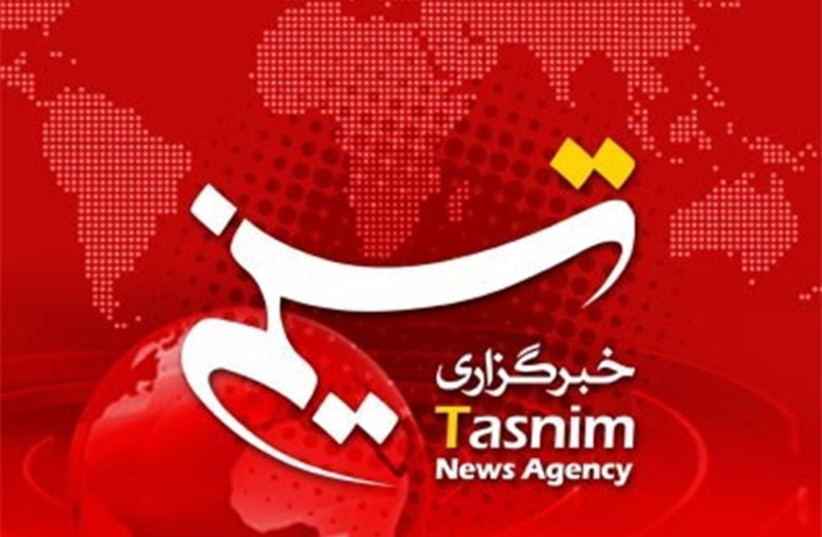Iranian pro-regime media bemoaned US sanctions that were announced on September 15.
The media, such as Tasnim, found themselves in the unenviable position of reporting on their own sanctioning. Tasnim ran an article in which they listed all of the people sanctioned by the US.
The US Department of the Treasury Office of Foreign Assets Control (OFAC) designated 29 individuals and entities “in connection with the Iranian regime’s violent suppression of nationwide protests following the death of Mahsa ‘Zhina’ Amini in custody of its ‘Morality Police,’ and the regime’s continued efforts to detain dissenting voices and restrict access to a free and open internet,” the US said.
The US named “three IRGC and regime-controlled media outlets––Fars News, Tasnim News, and Press TV––and three senior officials.” This clearly singles out Fars and Tasnim as being linked to the IRGC.
Tasnim News then had an interview with Iran’s ISNA news agency. The CEO of ISNA slammed the sanctions. He claimed it “shows the hypocrisy of Western policies towards freedom of expression…It has been clear to the nations for years that the West only hypocritically and falsely makes beautiful slogans, but it acts autocratically and does not value the independence and rights of other nations.” The report then slammed the US for “sabotage” against other countries and bashed “the Zionist regime.”

The report also claimed the US sees the struggle for messaging and media as a “combined war against nations…According to their colonial order, countries should always be defenseless and intimidated in the field of public opinion.”
US "threatened" by Iranian media
The report then asserted that Iranian media are a threat to the US because they help create a multi-polar world. In essence, the report admits that Iran’s media is part of the regime’s messaging machine, the regime just doesn’t want them muzzled by the US.
Iranian media has connected this to Western support for protests in Iran. The one-year anniversary of the killing of Amini is of concern to Iran. The regime has sought to detain dissidents ahead of the anniversary. Press TV, which was also sanctioned, reported on its own sanctions. It also sought to shift the discussion to critiquing the West.
“Iran’s intelligence community said several countries, including the United States and Britain, had used their spy and propaganda apparatuses to provoke violent riots in the country,” the report said at Press TV.
“London, in particular, is home to several anti-Iran TV networks, including Iran International, Manoto, and BBC Persian, which broadcast a steady stream of misinformation encouraging the Iranian youth to join the rioters during the wave of unrest.”
The report is an example of how Iran is concerned about Western support for protests and is concerned about media reports in the West.
